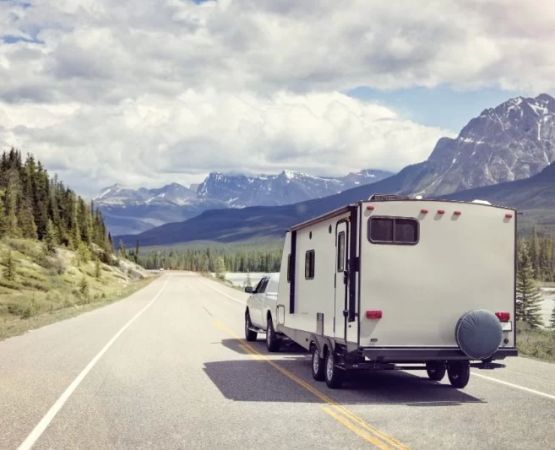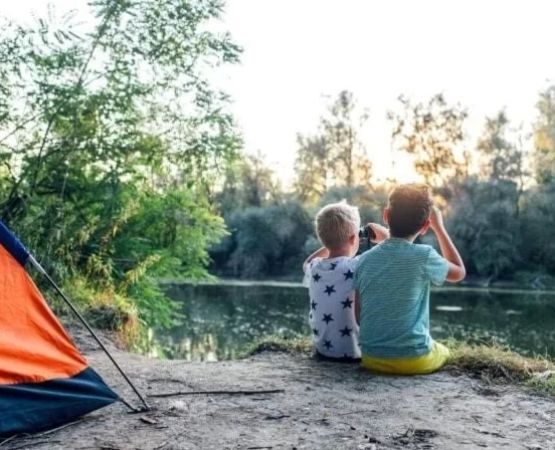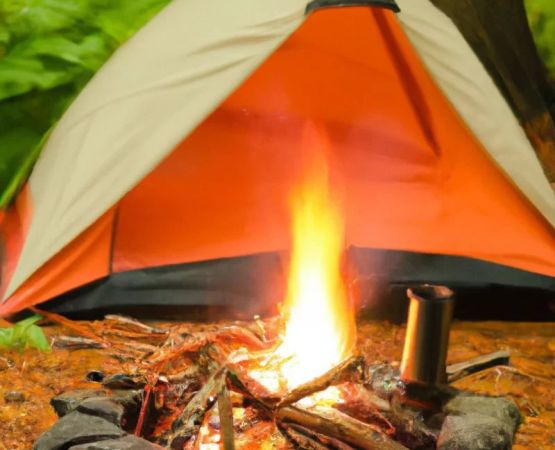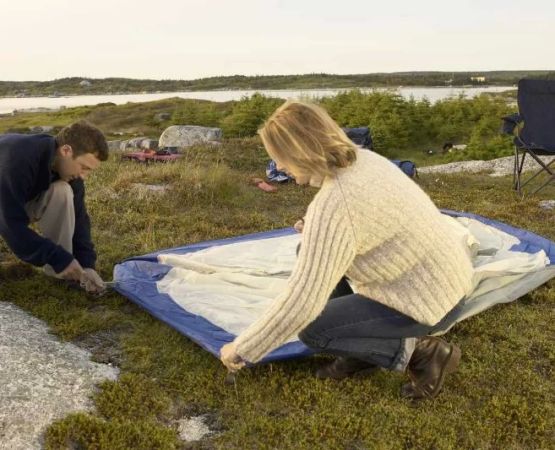How to Stay Safe While Camping Near Wildlife
- 1. Basic Precautions for Camping Near Wildlife
- 2. How to Store Food Safely in Wildlife Areas
- 3. Setting Up a Safe Campsite Near Wildlife
- 4. What to Do If You Encounter Wildlife
- 5. Real-Life Camping Stories with Wildlife Encounters
- 6. Recommended Safety Gear for Camping in Wildlife Areas
1. Basic Precautions for Camping Near Wildlife
Camping near wildlife can be an exhilarating experience, but it requires extra caution. The first step in staying safe while camping near wildlife is understanding the animals in the area. Before setting out, research the local wildlife species and potential hazards. Know which animals are common in the area, such as bears, deer, wolves, or smaller creatures like raccoons and squirrels.
Keep your campsite tidy to avoid attracting animals. Always make sure your tent is securely closed, and avoid leaving any food or waste outside. Wild animals are often attracted by scents, so maintaining a clean environment will reduce the likelihood of attracting them to your campsite.
2. How to Store Food Safely in Wildlife Areas
Proper food storage is one of the most important aspects of staying safe while camping near wildlife. Bears, in particular, are known to be attracted to human food, so it's crucial to store your food properly. Use bear-proof food containers or hang your food in a tree at least 10-15 feet above the ground and away from your tent. Always keep your cooking equipment and utensils clean to prevent odors from lingering in the air.
If you're camping in an area with known bear populations, consider using a food locker or bear box, which is provided at many campsites. Remember that even small animals, like raccoons, can become curious about your food, so make sure all food is securely stored when not in use.
3. Setting Up a Safe Campsite Near Wildlife
When choosing a campsite near wildlife, consider both comfort and safety. Set up your tent away from animal trails and food sources like water and berry bushes. Avoid camping near areas where wildlife is likely to pass, such as along rivers or near popular feeding grounds. Additionally, make sure that your campsite is positioned with a good view of the surrounding area, allowing you to spot wildlife early if they approach.
Using tents and tarps that are tightly secured will also minimize the chance of wildlife entering your tent at night. Place a small perimeter around your campsite using items like backpacks or ropes to create a visual barrier for animals.
4. What to Do If You Encounter Wildlife
In the unlikely event that you encounter wildlife, staying calm is key. If you come across an animal, never approach it. Keep a safe distance, and do not make any sudden movements that could provoke the animal. In the case of large animals like bears, it's important to know the right response based on the animal’s behavior. For example, if you encounter a bear, never run. Instead, back away slowly while making yourself appear larger by raising your arms or holding up your jacket.
If an animal shows signs of aggression, such as growling or lunging, it’s important to carry deterrents like bear spray. In some cases, creating loud noises with a whistle or air horn can help scare off the animal. Always follow the guidance of local rangers and camping experts when it comes to handling wildlife encounters.
5. Real-Life Camping Stories with Wildlife Encounters
During a camping trip in Yellowstone National Park, my friend and I experienced a close encounter with a bear. We were hiking back to our campsite when we stumbled upon a grizzly bear foraging for food near the trail. We remembered the safety precautions and immediately backed away slowly, making noise with our voices. Fortunately, the bear was more interested in the ground than us and wandered off after a few tense minutes.
Another memorable experience occurred when we camped near a river and had a raccoon try to get into our food supply. We had hung our food from a tree, but the raccoon was persistent, and we had to reinforce our food storage methods. This was a reminder of how important it is to follow proper food storage guidelines, especially in areas with curious animals.
6. Recommended Safety Gear for Camping in Wildlife Areas
When camping in wildlife-rich areas, having the right safety gear can make a huge difference. Some essential items include:
- Bear Spray: A must-have for camping in bear country, bear spray is proven to deter aggressive bears and other wildlife.
- Wildlife-Resistant Food Containers: These containers help keep your food secure and away from animals, preventing potential wildlife interactions.
- High-Quality Tent: A tent with a sturdy design and securely zippered doors will ensure that animals can’t get inside at night.
- Headlamp or Flashlight: Having a reliable light source will help you avoid startling animals during the night and give you visibility in case of an encounter.
Additionally, it’s always a good idea to carry a whistle, air horn, or bear bell as an emergency signaling device. Properly equipping yourself with these items will enhance your safety while camping near wildlife.







